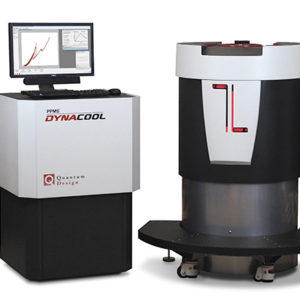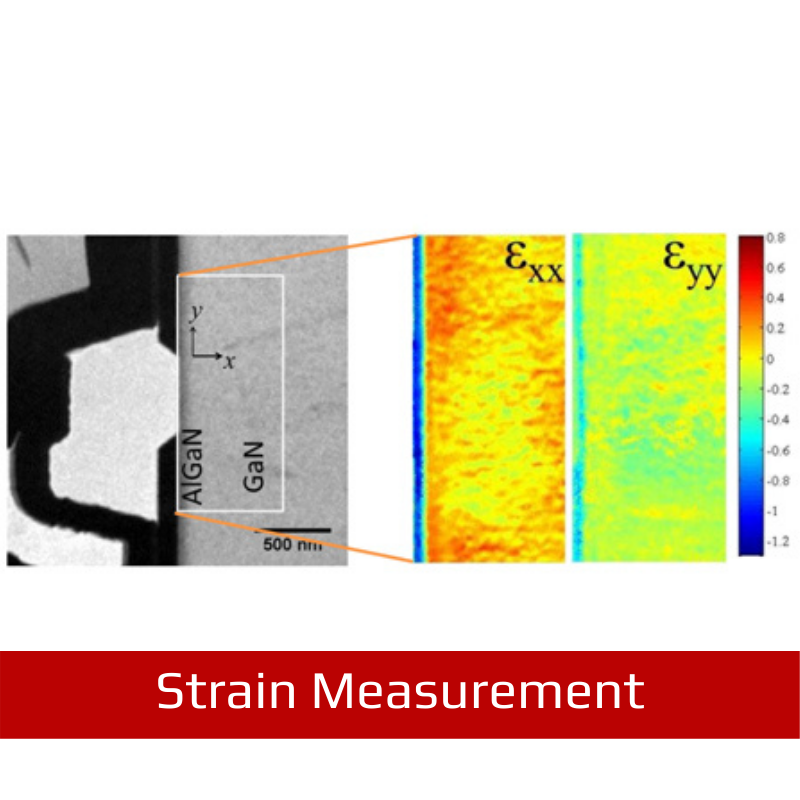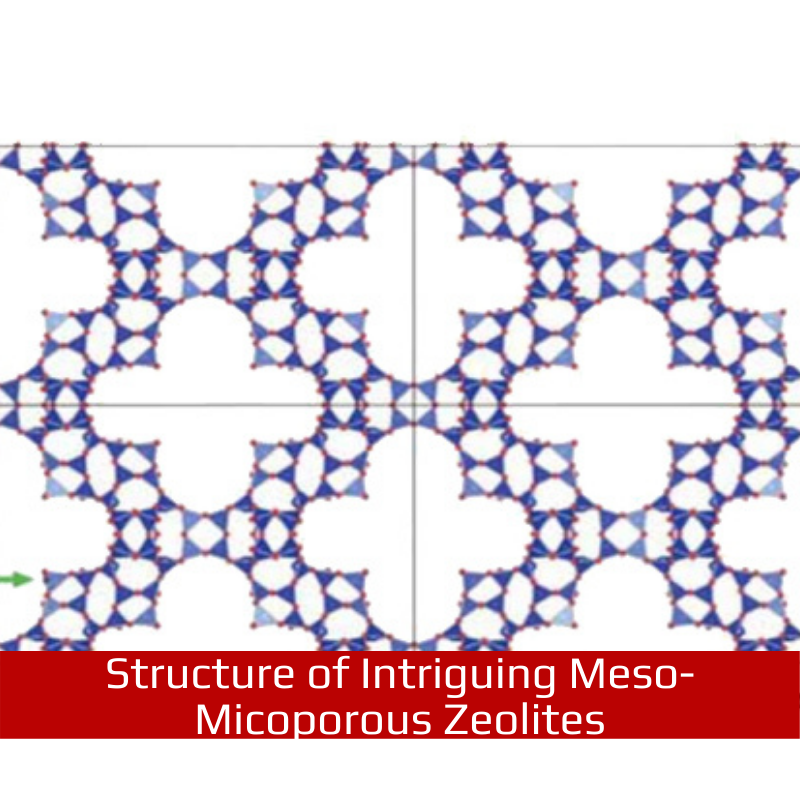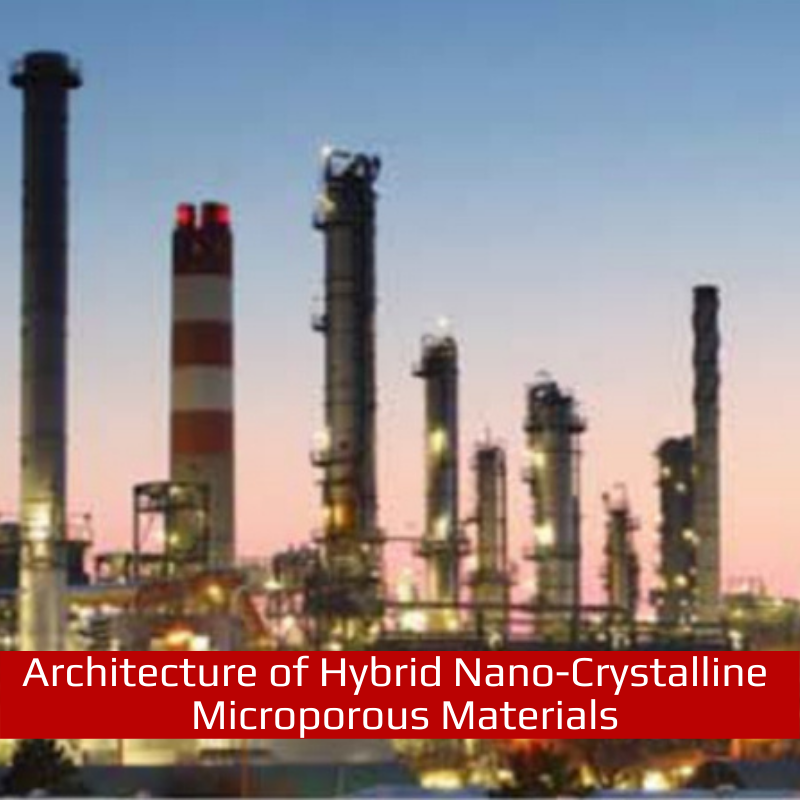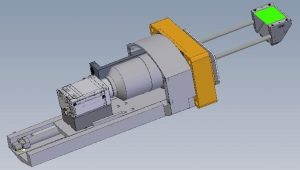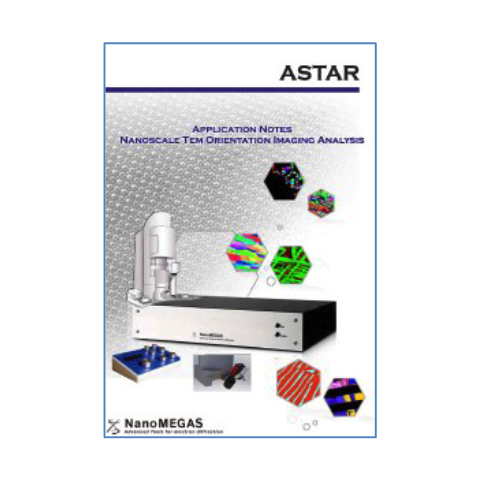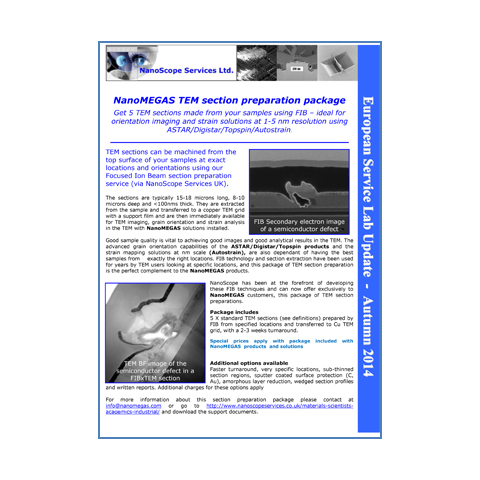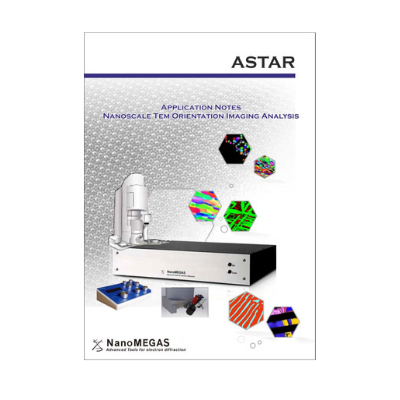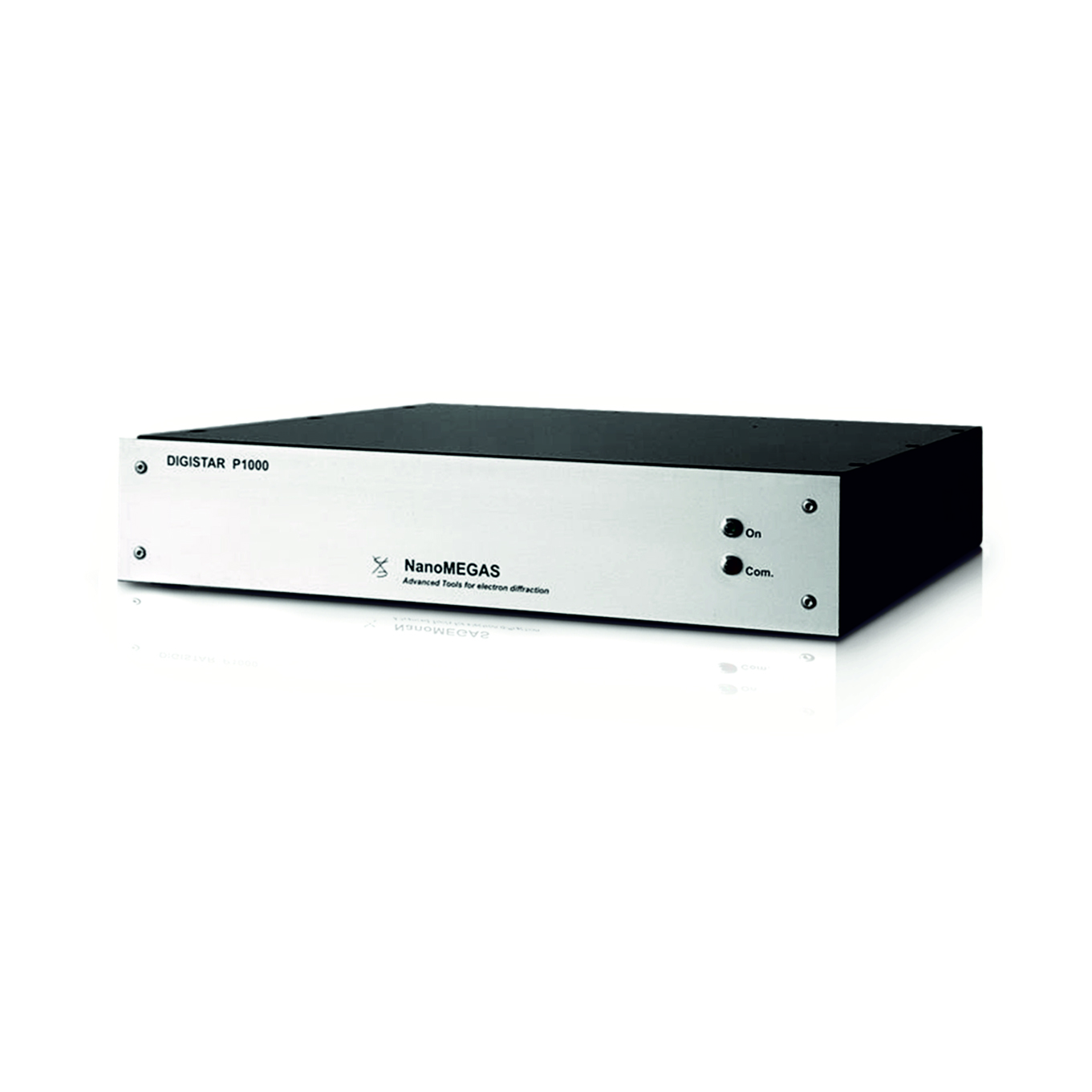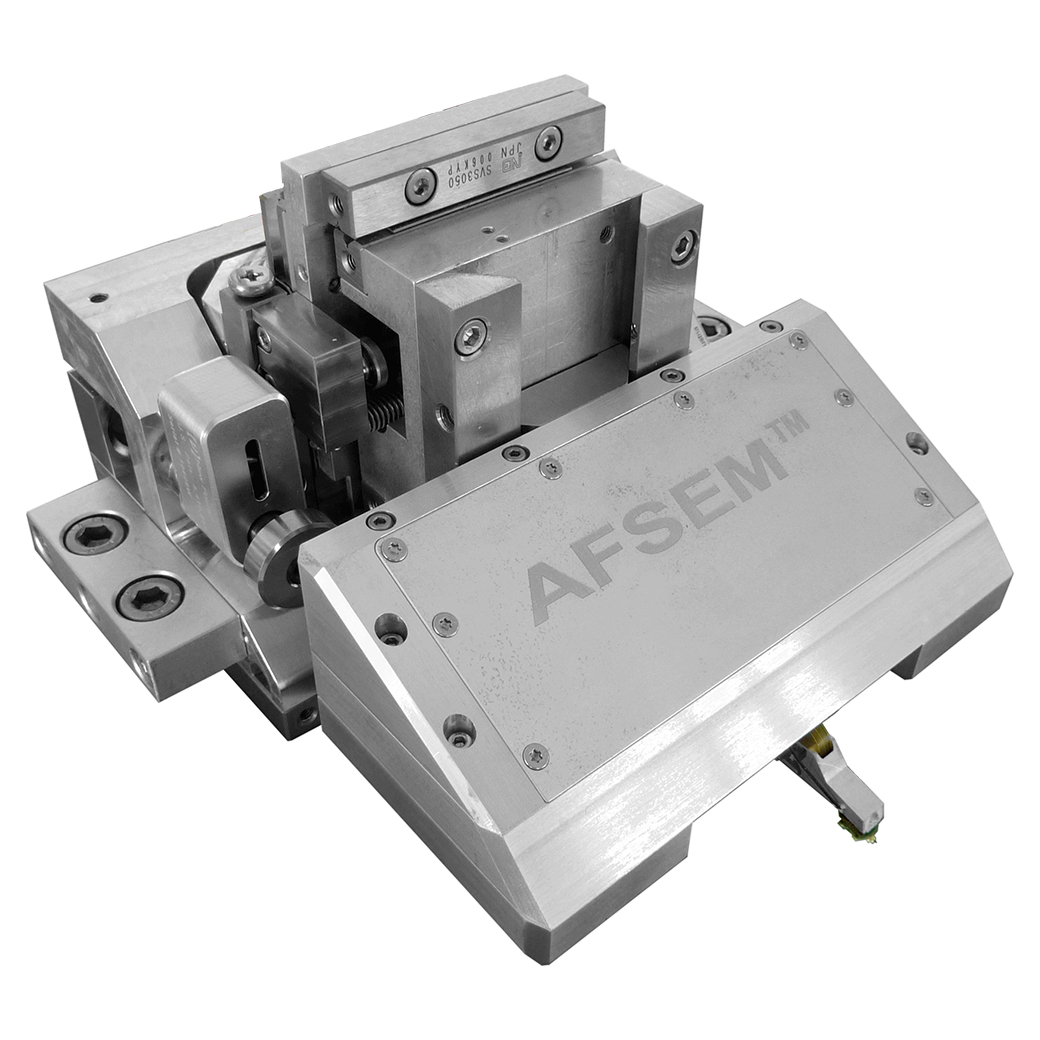- Options
- Videos
- Downloads
- Applications
- Related Products
- Contact
- Back To Spectroscopy
- Back To Optics
- Back To Hyperspectral
- Back To Cameras
- Back To X-Ray
- Back To Light Measurement
- Back To Characterisation
- Back To Electron Microscopy
- Back To Magnetometry
- Back To Ellipsometers
- Back To Cryogenics
- Back To Lake Shore
NanoMEGAS Precession Electron Diffraction
Precession Enhanced Electron Diffraction application
The beam Precession in Transmission Electron Microscopes (TEMs) is a well-known technique to enhance dramatically the quality of the electron diffraction patterns, mitigating dynamical effect, increasing dps resolution, enhance bending and thickness effect, etc
Based on Precession Electron Diffraction (PED), NanoMEGAS offers since 2004 several automated and robust unique applications. A hardware (DigiSTAR P2010) to control specifically the coils of any TEM, is a scan and precession generator simultaneously, that is used either for static acquisition of ED, or scanning ED, suitable also for precession enhanced 4D-STEM (named 4D-SPED).
Additionally, NanoMEGAS offers acquisition platforms for static or scanning data collection,
together with dedicated software depending on the user application(s) preference.
Thus, full packages of the following applications is available:
- Orientation & Phase mapping
- Strain Mapping
- Precession enhanced 3D-ED for crystal structure determination
- Electron Pair Distribution Function (ePDF) for amorphous materials characterisation
- Electron Pair Distribution Function (ePDF) mapping
- Electric Field mapping
- Enhanced EELS and EDX Spectroscopy




